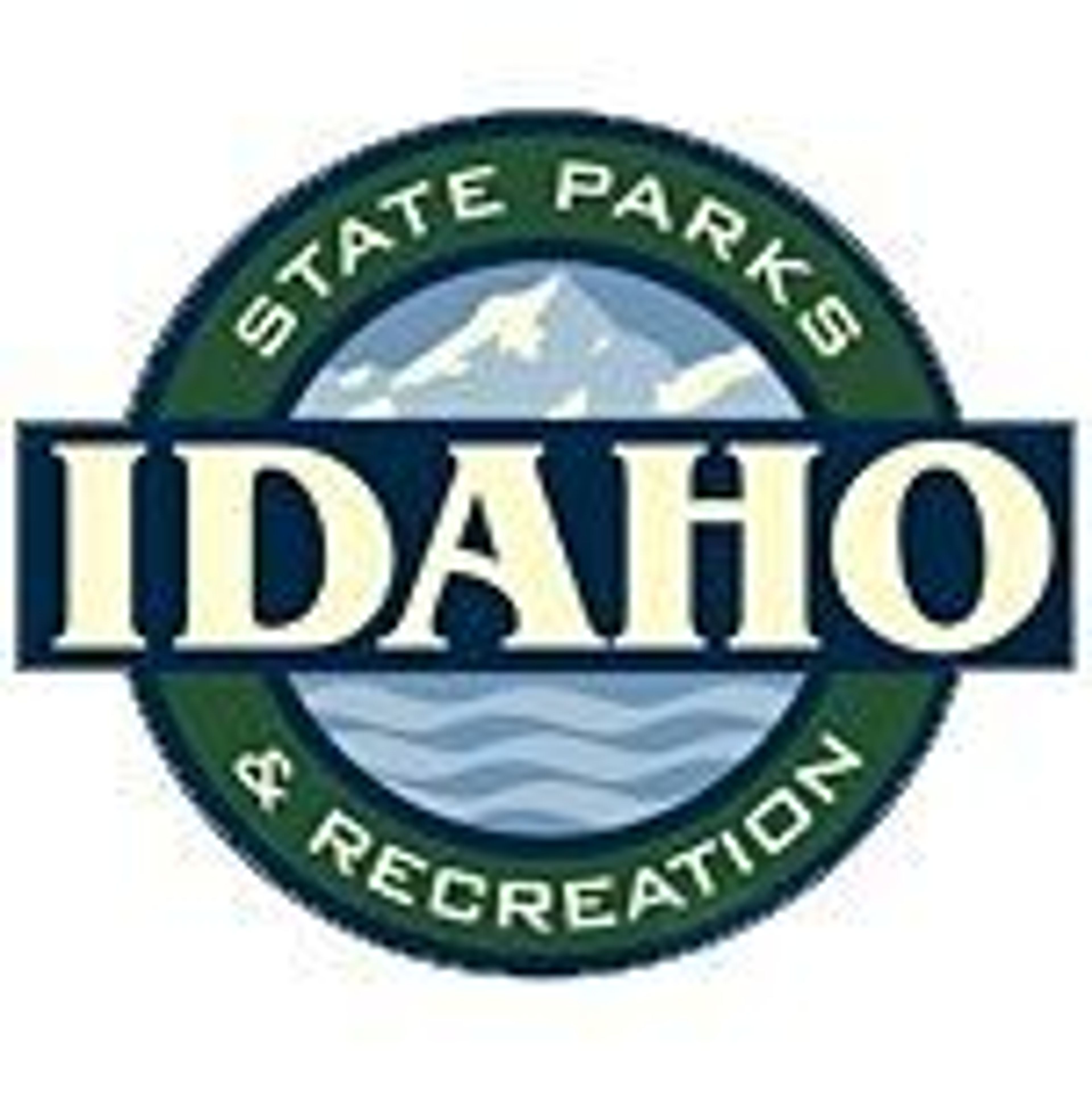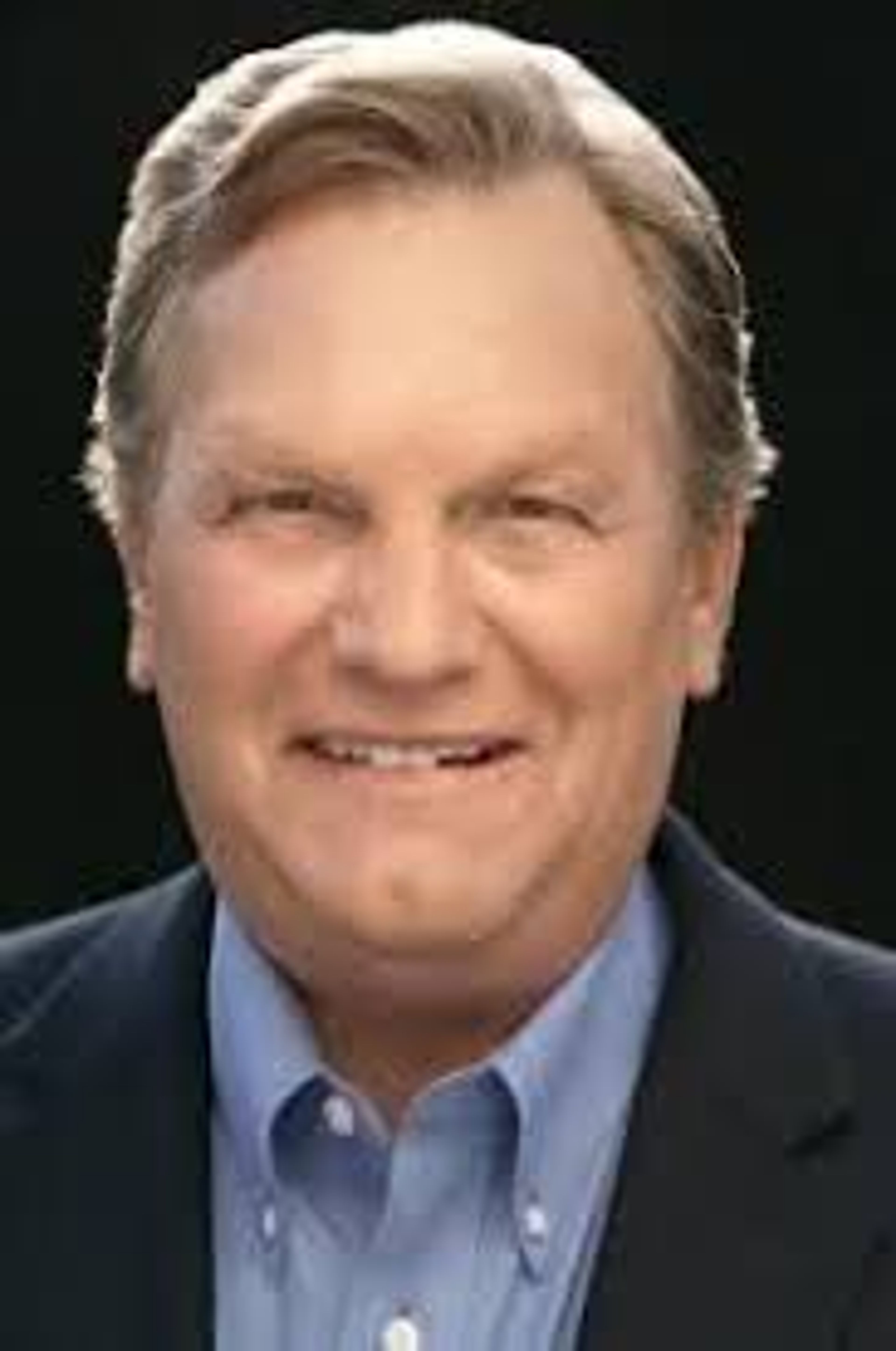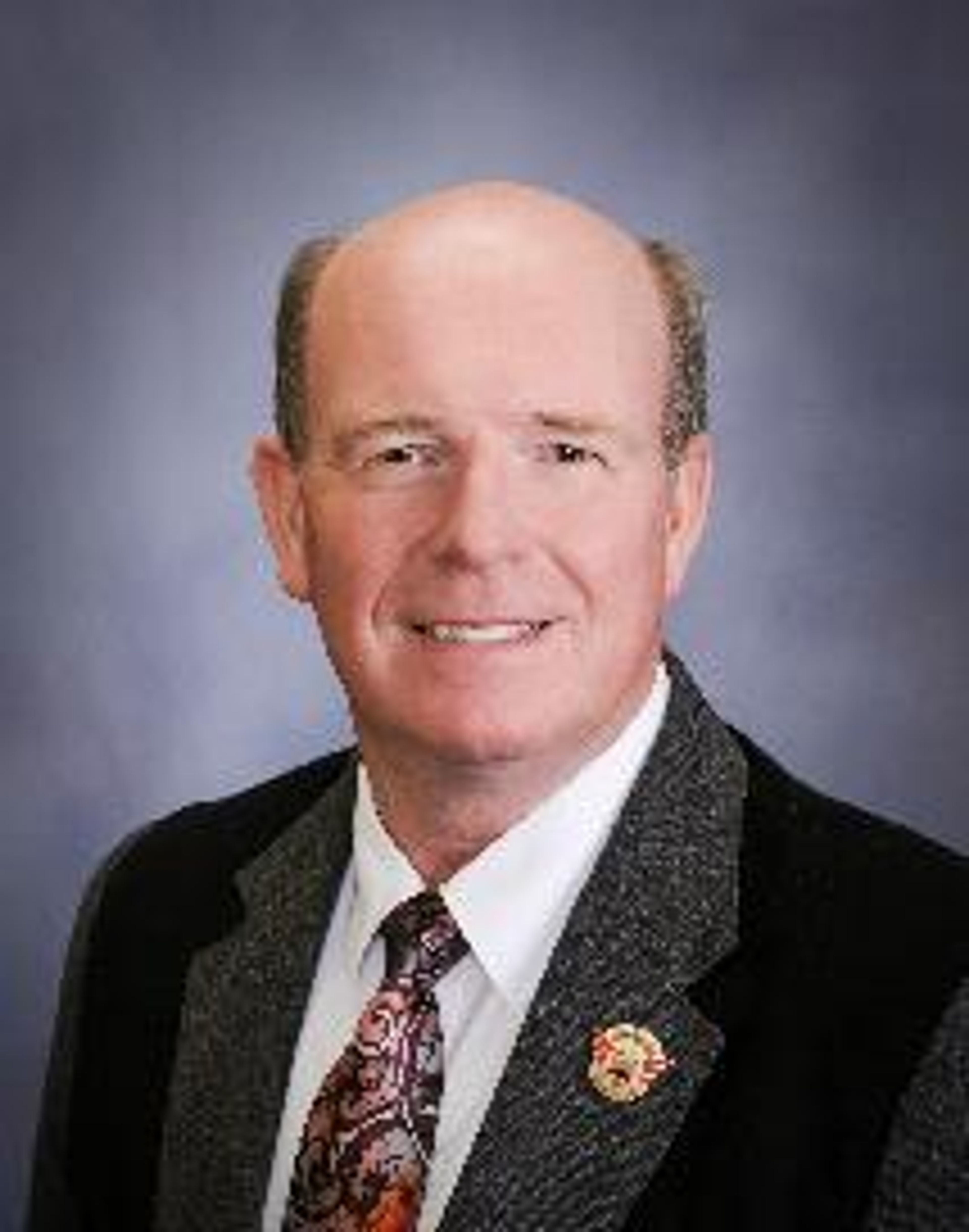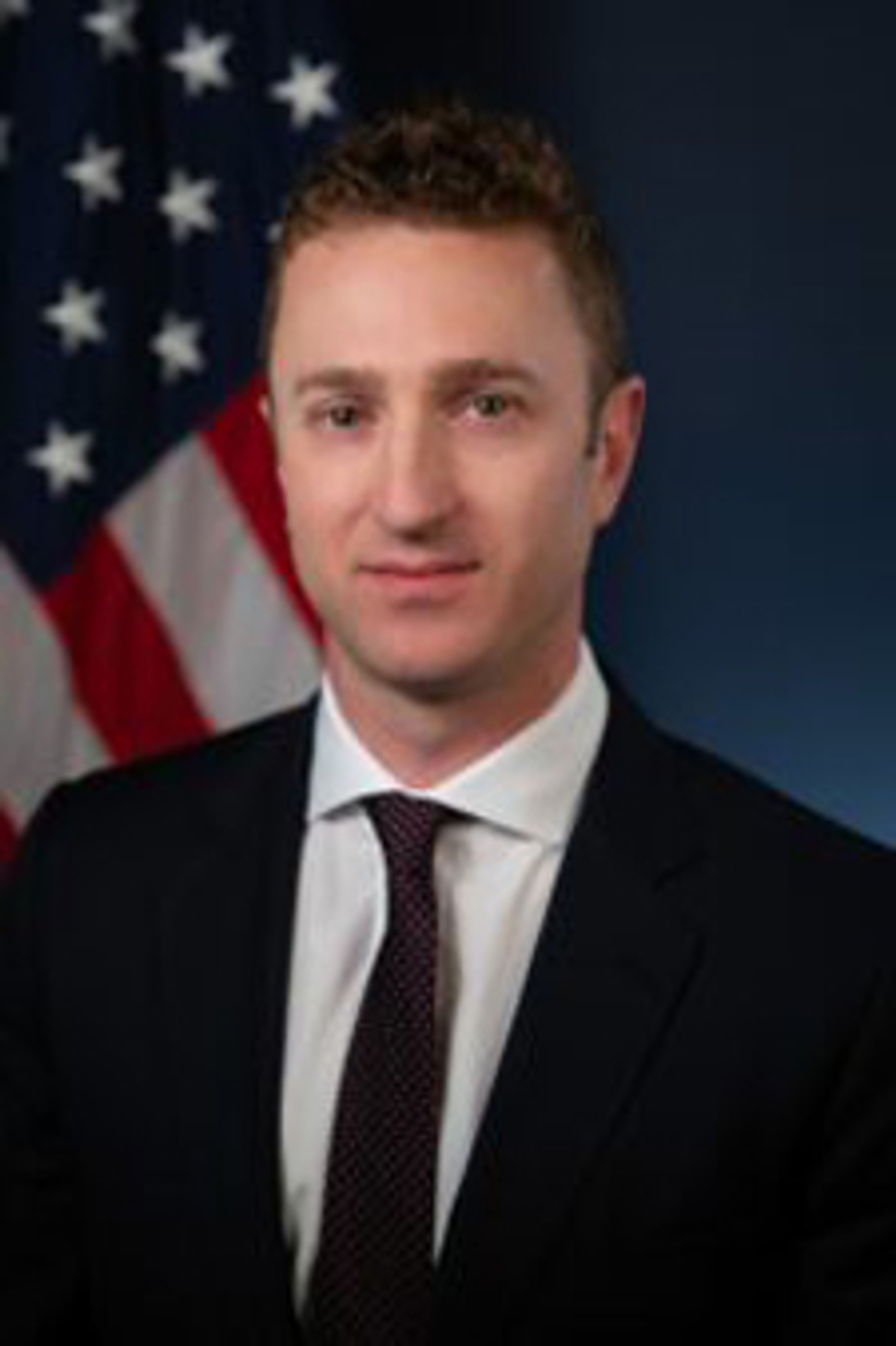Idaho parks and recreation department considers fee hikes for vistors
Idaho Park and Rec looks for ways to raise revenue after surge of visits in recent years
Campers and state park visitors may see rising fees in the next few years as the Idaho state Parks and Recreation Department explores ways to improve long-term revenue sustainability.
Idaho’s parks have seen huge surges in use over the past years, and while a large amount of one-time funding has been put toward improving facilities and increasing capacity, eventually there will need to be increased ongoing funds to keep up with the maintenance.
The governing board for the parks department Monday discussed the need to generate more revenue to maintain existing levels of service.
“Give or take a year or two there, it’s looking pretty dire within the next three years after the (fiscal year 2026) budget, we would be kind of scraping the bottom of the barrel again,” Department of Parks and Recreation Financial Officer Steve Martin said. “So with that, we recognize that we’re going to need to generate some more money.”
Martin said that staff is anticipating annual revenue to grow about 5%, but that likely won’t keep up with the ongoing costs related to the parks’ increased use.
The revenue for the agency’s Park and Recreation Fund is largely from camping and entrance fees. Staff estimates show the agency’s cash reserves nearing the minimum amount, per agency policy, of $5 million in fiscal year 2028.
In 2021, the state Legislature passed a law that doubled camping fees for out-of-state campers at five of its most popular parks. Because sites were completely booked up in advance before the law went into effect, this fee change didn’t affect revenue or bookings until later.
With the fee increase at these parks, Director Susan Buxton said, there has been an increase in revenue generated, but campsites haven’t been booked for as long as in the past.
The policy was meant to open up spaces for Idaho campers as well as generate money, but there also hasn’t been as much backfill of bookings from in-state residents, Buxton said.
The department has generated about $2.5 million a year with the out-of-state fee increase, department spokesperson Craig Quintana said.
Staff and up to two board members will meet to look into the fee and proposing future increases. If the board approves the increases, the revenue from fees wouldn’t come in until fiscal year 2027.
Other ways the board will consider stabilizing budgets includes removing a $900,000 fiscal year 2026 budget enhancement from a planned takeover of Idaho Fish & Game’s Horsethief Reservoir Campground in Valley County. Staff would look into creating an agreement for the takeover that includes funding for ongoing operation expenses.
The agency also wants to look at options for increasing the Idaho State Parks Passport fee, which is a $10 sticker that Idahoans may purchase when they register a vehicle or motorhome at the DMV that allows unlimited day-use access and covers boat launch fees at all state parks. The passport fee hasn’t been increased since 2012, Buxton said.
There was an effort to work with the Idaho Legislature to raise this fee in 2021, she said, but it didn’t go anywhere.
Under current expected revenue and spending, the agency’s cash reserve is anticipated to decrease by $2 million annually starting in fiscal year 2026.
Staff assumed flat revenue growth and no budget growth through fiscal year 2030 when making this prediction, according to staff documents.
Amid discussions, board members said the agency should also look at its expenditures and consider if there are places where reductions can be made. Personnel is a big driver of costs, they noted.
State parks have experienced a huge surge in use in the last five years, and in the last three years were adding employees to try and keep up with the demand for services.
Between 2008 and 2020, the department didn’t add any employees. In that same time, visitation and occupancy went up by 60%.
After the pandemic, visitation at parks continued to skyrocket, increasing by about 27% in the three years after 2020 compared to the average of the five years prior to 2020.
The state utilized federal American Rescue Plan Act funds to infuse nearly $165 million in capital projects and operating funds for the department in 2023, and allocated $20 million in federal funds the year before.
The money was put toward addressing a $70 million backlog of maintenance, the parks department previously said, as well as to add 450 new campsites and 25 new day-use areas.
Some of those projects are expected to eventually generate revenue, including the 50-unit campgrounds planned at Billingsley Creek, in Hagerman, and another 50 sites at Eagle Island State Park.
The board Monday voted unanimously to accept the staff recommendations to remove the Horsethief campground budget enhancement and look into other revenue opportunities through camping, entrance and park passport fees.
The board is expected to meet again in late July to consider fee proposals and the upcoming budget.
Guido covers Idaho politics for the Lewiston Tribune, Moscow-Pullman Daily News and Idaho Press of Nampa. She may be contacted at lguido@idahopress.com and can be found on X @EyeOnBoiseGuido.








